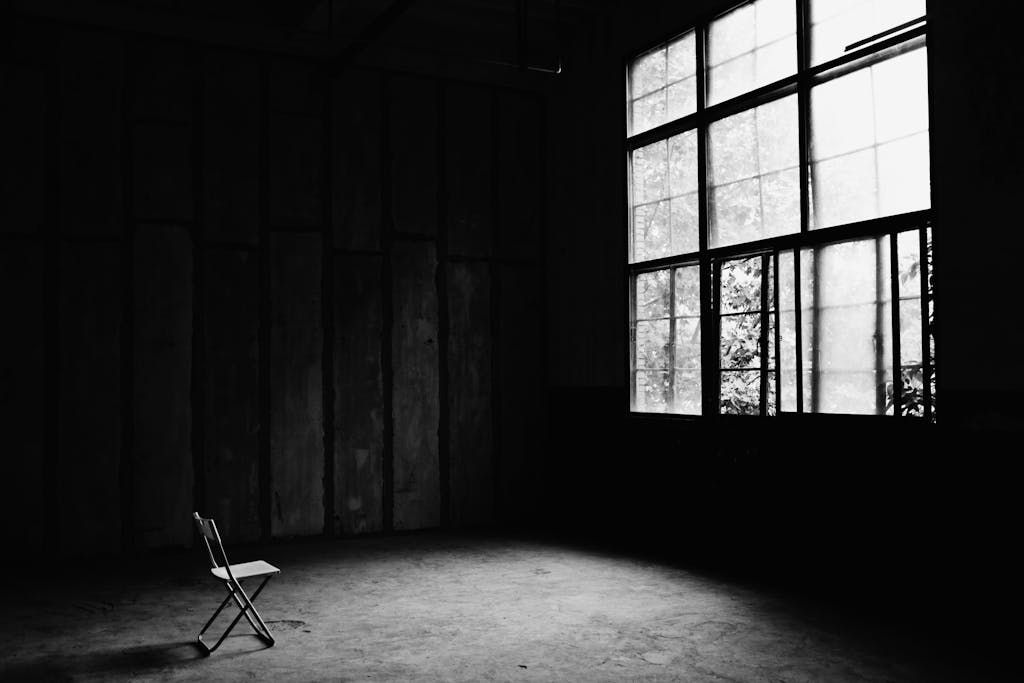Editorial team writers
One day, while walking down a prominent street, I came across a building that immediately caught my attention—not for its beauty, but for its glaring design flaws. The structure featured an array of expensive materials that many architects would dream of working with. However, the combination of these materials lacked harmony, resulting in a disjointed appearance that failed to reflect any coherent architectural identity. This encounter prompted a critical question: Who bears the responsibility for such architectural missteps?
Understanding the Roles in Building Design and Construction
To identify the root causes of architectural failures, it’s essential to understand the distinct roles of the key stakeholders involved:
- Architects: Primarily responsible for the conceptual design, aesthetics, and functionality of a building. They translate the client’s vision into tangible plans, ensuring that the structure is both beautiful and practical.
- Engineers: Focus on the technical aspects, ensuring structural integrity, safety, and compliance with building codes. They work closely with architects to bring designs to life without compromising on safety or functionality.
- Owners/Developers: Provide the project’s funding and have significant influence over design decisions, often prioritizing budget constraints and personal preferences.
- Contractors: Execute the construction based on the provided designs and specifications, sometimes making on-the-spot decisions that can affect the final outcome.

Common Causes of Architectural Failures
- Weak Architectural Vision: When architects lack a clear design philosophy or fail to assert their vision, the result can be a building that lacks coherence and identity.
- Overbearing Engineering Influence: While engineers ensure safety and functionality, excessive emphasis on technical aspects can overshadow the architectural intent, leading to utilitarian but uninspiring structures.
- Owner Interference: Owners with strong personal preferences may override professional advice, leading to design choices that clash with the overall aesthetic or functional goals.
- Supplier Dominance: Suppliers promoting specific materials can influence decisions, sometimes resulting in the use of incompatible or inappropriate materials for the design.
- Regulatory Constraints: Strict building codes and regulations can limit design possibilities, forcing compromises that may detract from the original vision.
Case Study: The Consequences of Misaligned Decisions
Consider a scenario where a developer insists on using a particular high-end material to convey luxury. The architect, aiming to maintain a cohesive design, advises against it due to incompatibility with other elements. However, the owner’s preference prevails, and the engineer adjusts the plans to accommodate the material. The contractor, facing time constraints, implements the changes without thorough integration. The result is a building that, despite its expensive components, appears disjointed and fails to resonate with its intended audience.
Design challenges of major engineering projects
Mitigating Architectural Failures
- Collaborative Decision-Making: Encouraging open communication among all stakeholders ensures that decisions are well-informed and aligned with the project’s goals.
- Adherence to Design Principles: Architects should advocate for their design philosophies, ensuring that aesthetic and functional aspects are not compromised.
- Educating Clients: Informing owners about the implications of their choices can lead to more harmonious outcomes that balance personal preferences with professional expertise.
- Integrated Project Delivery: Adopting collaborative project delivery methods can align objectives and reduce conflicts among stakeholders.(Baker Law, Design & Construction Counsel)
Conclusion
Architectural failures are seldom the result of a single decision or individual. They often stem from a series of misaligned choices and lack of cohesive collaboration among architects, engineers, owners, and contractors. By fostering a culture of open communication, mutual respect, and adherence to a unified vision, the industry can mitigate such failures and create structures that are not only functional but also aesthetically pleasing and contextually appropriate.
